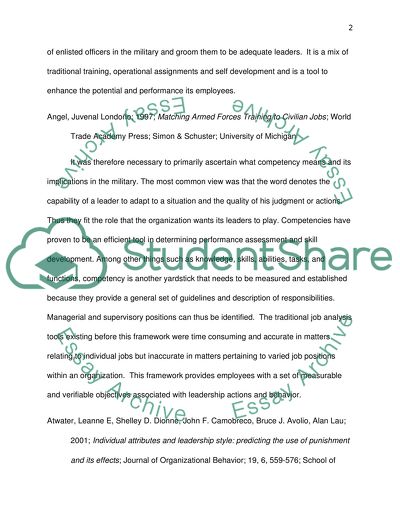Cite this document
(“Civilian Training and Education Case Study Example | Topics and Well Written Essays - 2500 words”, n.d.)
Civilian Training and Education Case Study Example | Topics and Well Written Essays - 2500 words. Retrieved from https://studentshare.org/sociology/1528899-civilian-training-and-education
Civilian Training and Education Case Study Example | Topics and Well Written Essays - 2500 words. Retrieved from https://studentshare.org/sociology/1528899-civilian-training-and-education
(Civilian Training and Education Case Study Example | Topics and Well Written Essays - 2500 Words)
Civilian Training and Education Case Study Example | Topics and Well Written Essays - 2500 Words. https://studentshare.org/sociology/1528899-civilian-training-and-education.
Civilian Training and Education Case Study Example | Topics and Well Written Essays - 2500 Words. https://studentshare.org/sociology/1528899-civilian-training-and-education.
“Civilian Training and Education Case Study Example | Topics and Well Written Essays - 2500 Words”, n.d. https://studentshare.org/sociology/1528899-civilian-training-and-education.


